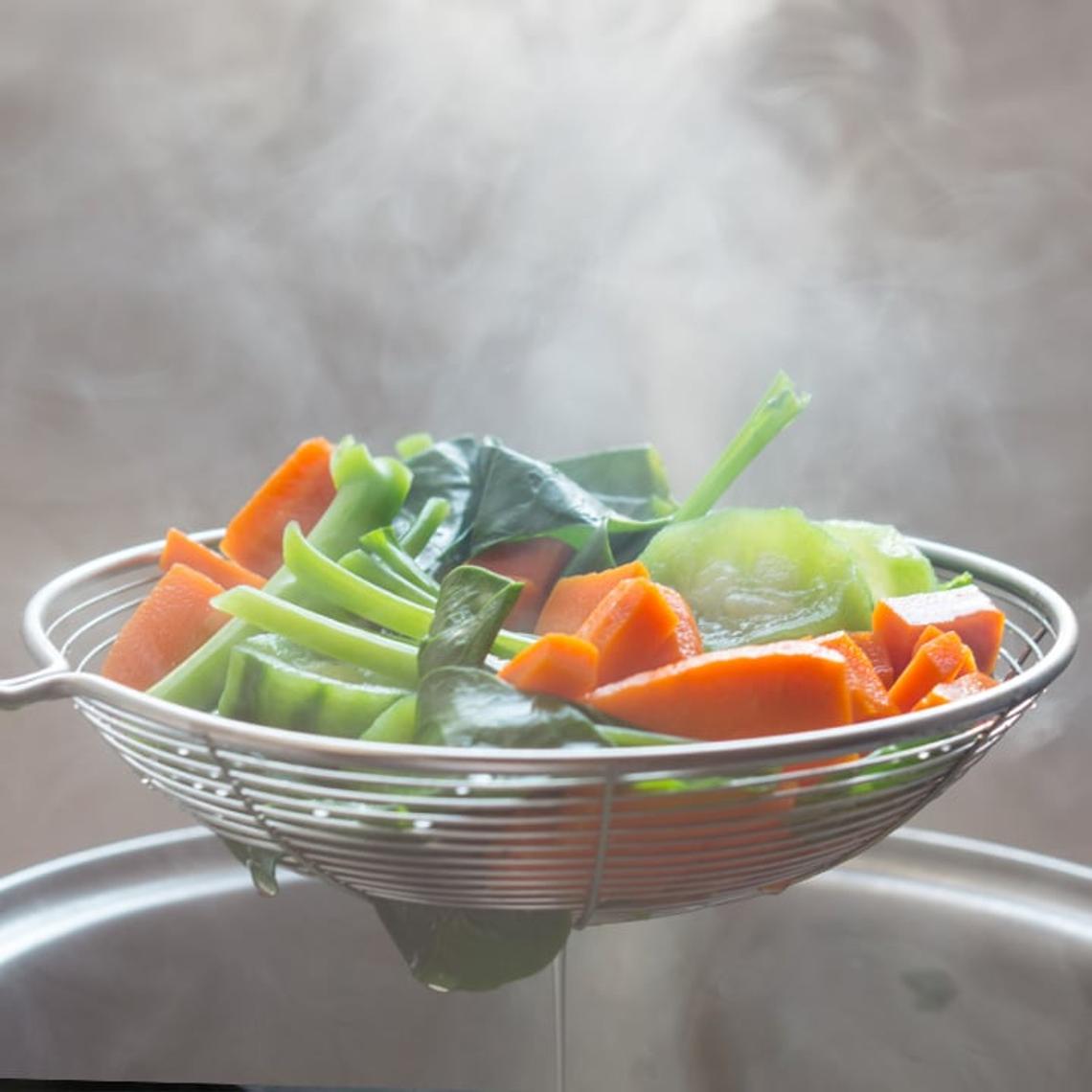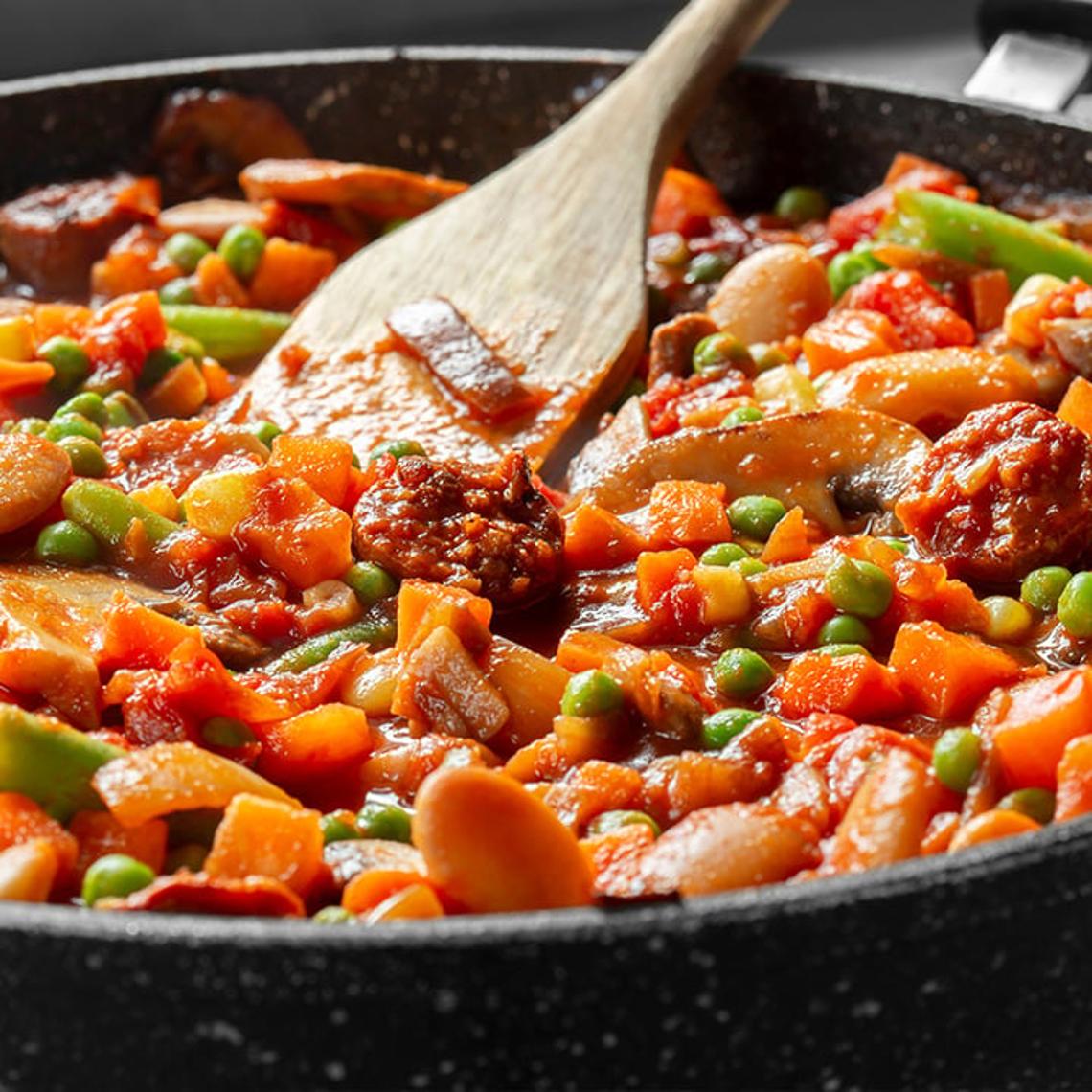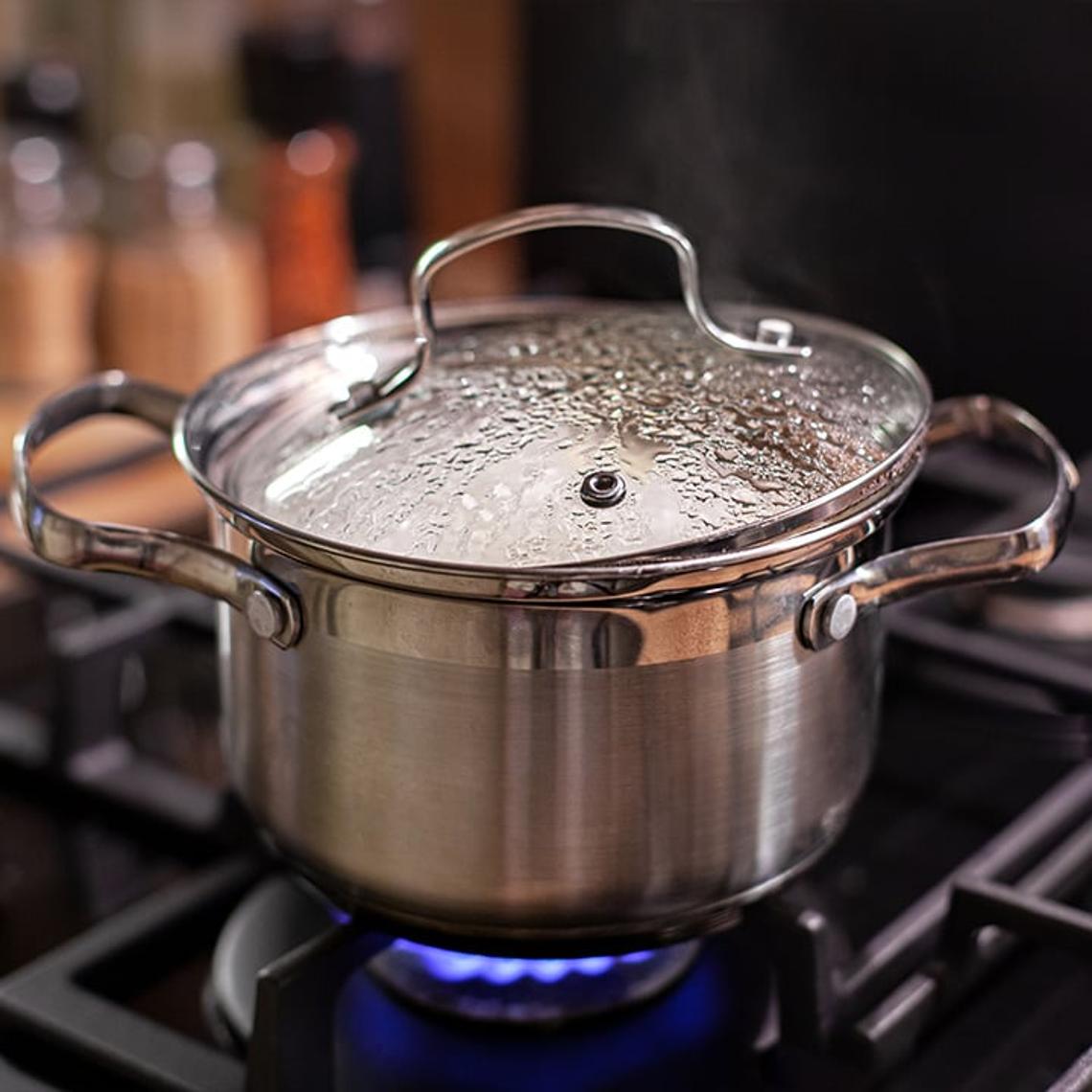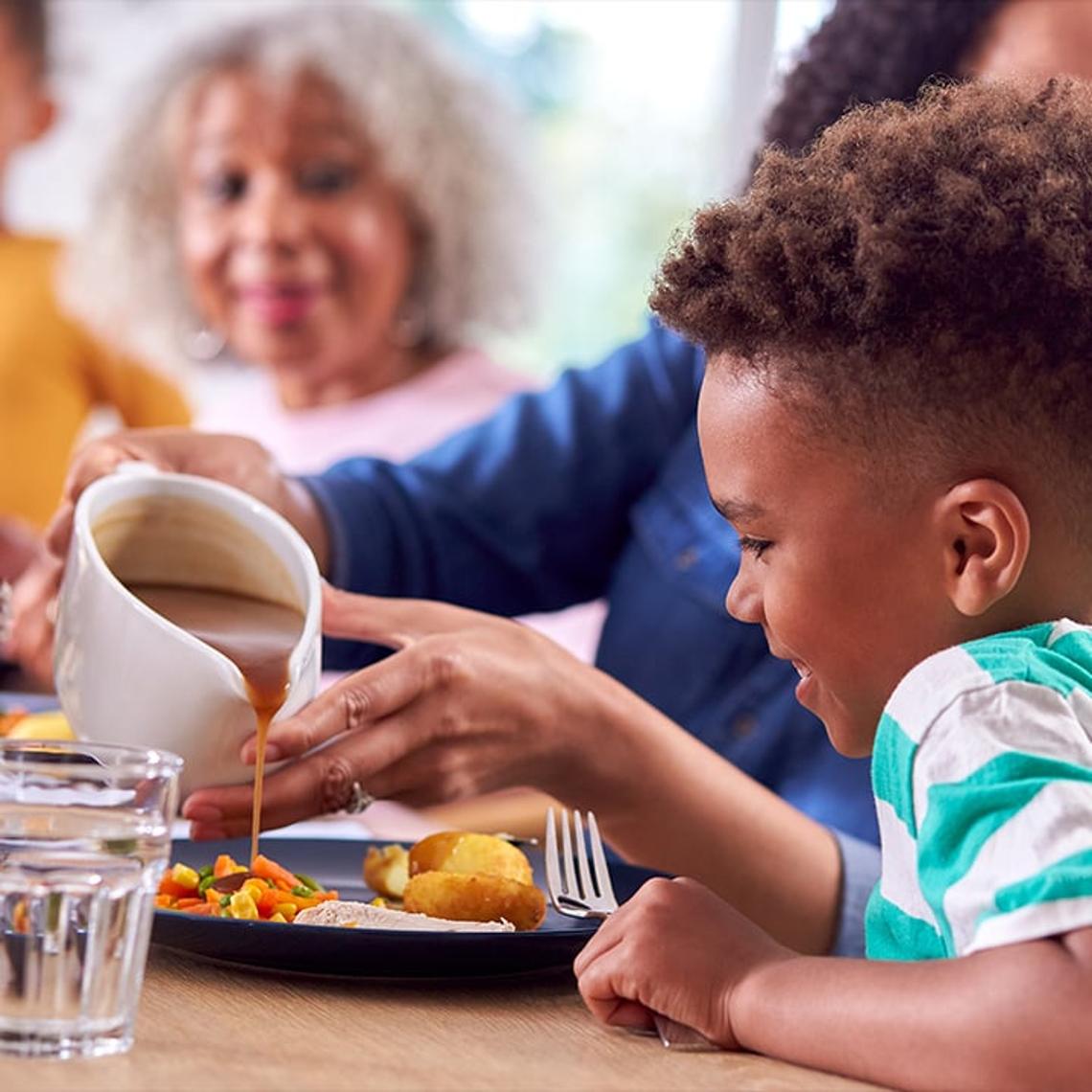Skip to content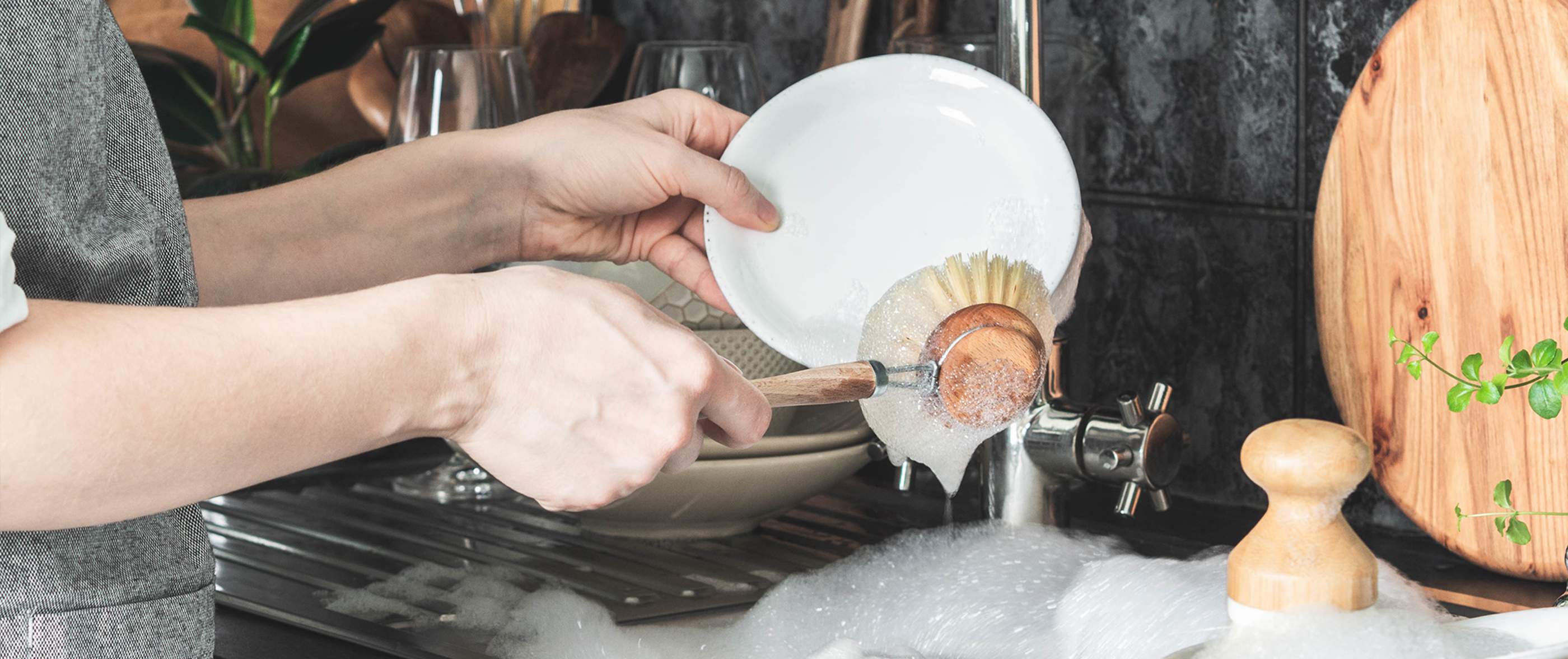
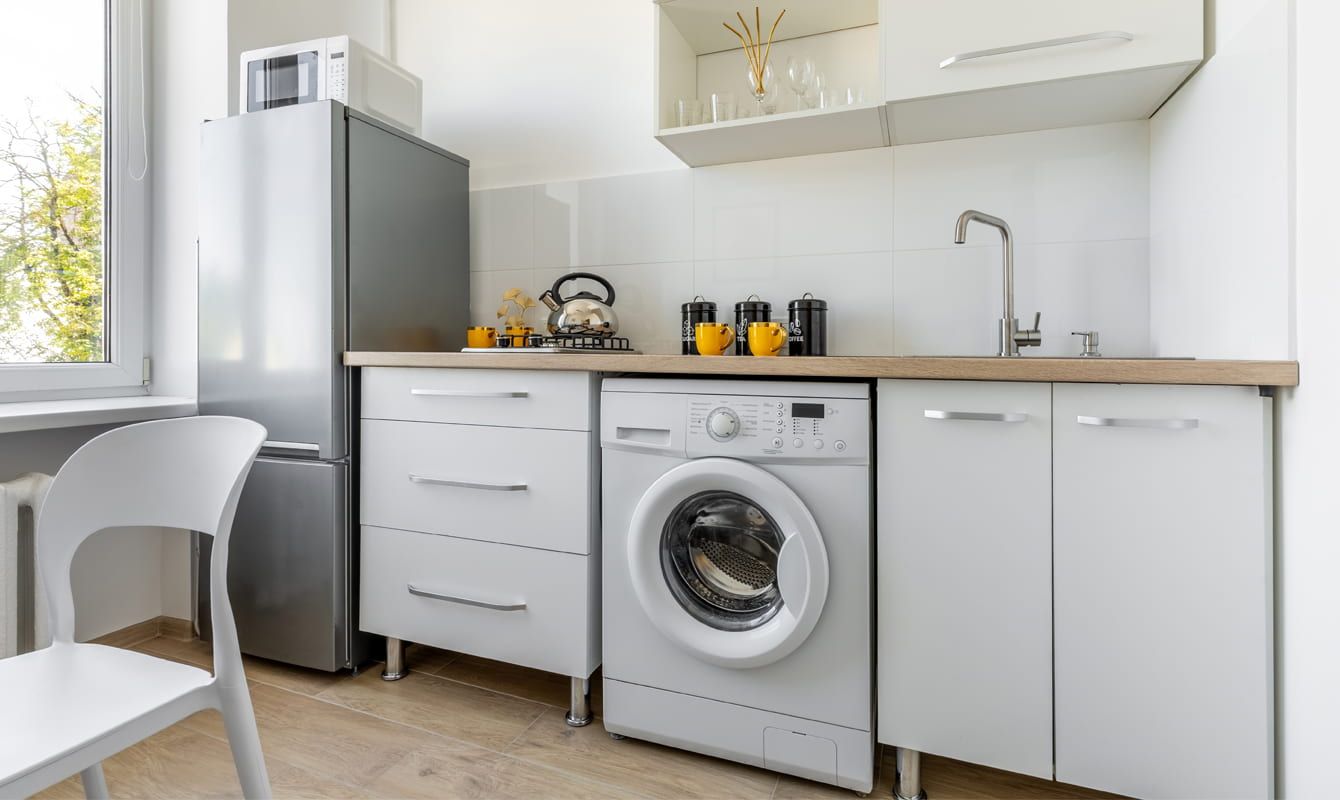

Save water in the kitchen
From rinsing dishes to running the washing machine, the kitchen offers plenty of opportunities to cut back on water use.

Washing up
Sink
Tap
Dishwasher
Stop tap
Kettle
Fruit bowl
Transform your taps
Save up to 16 litres of water a day with a Kitchen Stream attachment for your mixer tap. Just screw on to your tap (or use the adaptor if your tap doesn’t have a threaded end). You can get a FREE attachment using the link below.
- Regulates the flow from your tap to 6.8 litres a minute (normal flow is up to 15 litres a minute)
- Twist the attachment to choose between spray function or aerated (which adds bubbles to boost volume)
- The attachment swivels so you can direct water
- Approved by WRAS (Water Regulations Approval Scheme) to meet stringent UK safety regulations.
